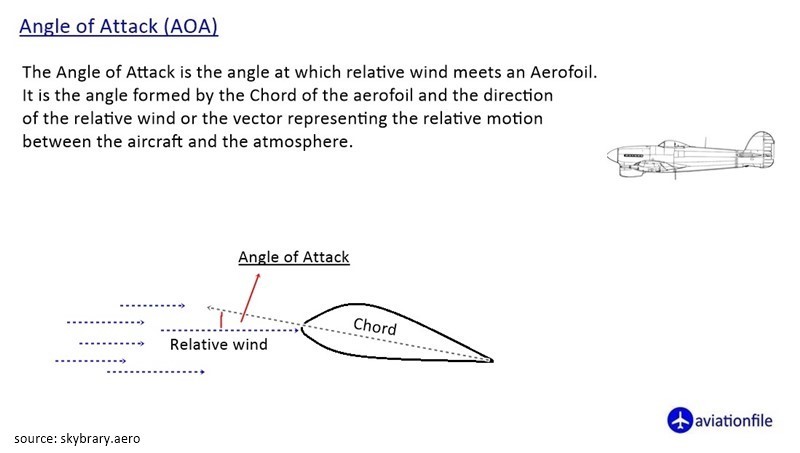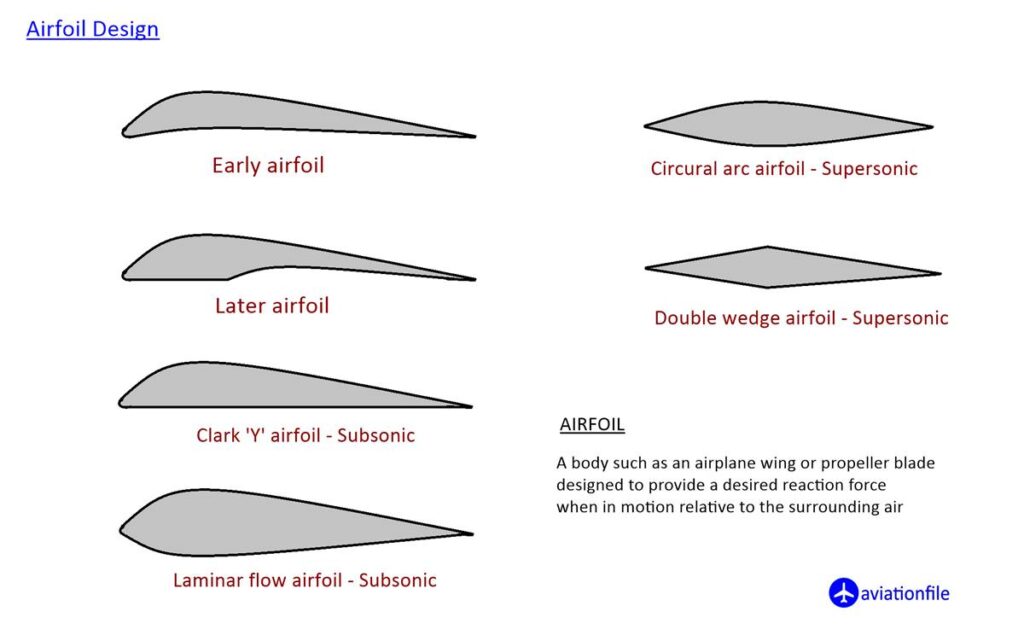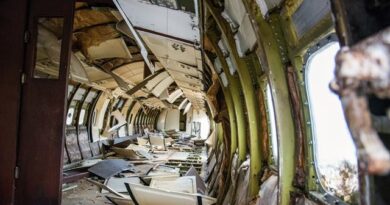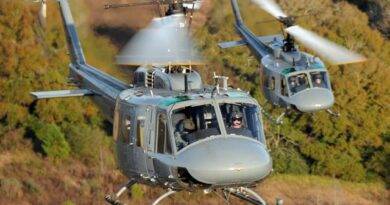Angle of Attack and Chord Line
Understanding the angle of attack (AOA) and the chord line is essential for anyone passionate about aviation or looking to deepen their knowledge of flight mechanics. These two fundamental aerodynamic concepts play a critical role in how aircraft generate lift, maintain stability, and perform in various flight conditions.
In this guide, we’ll break down what the chord line is, how it relates to the shape of a wing, and why the angle of attack is a pivotal factor in determining lift and the risk of stalls. Whether you’re a pilot, student, or aviation enthusiast, grasping these principles will enhance your understanding of the science behind safe and efficient flight.
Read on to explore how these concepts influence flight dynamics and discover practical insights that every aviator should know.
So what does angle of attack mean?
The angle of attack (AOA) is the angle at which the chord of an aircraft’s wing meets the relative wind.

What effects does Angle of attack have during flight?
For aircraft wings to provide lift, they must form an angle with respect to the air flow, not parallel to the ground. In other words, the plane flies by its wings angle of attack with respect to the air. Generally, as the AOA grows, the resulting lifting force increases. After a certain size (alpha critical), stall occurs (the plane loses its lift on the wing and falls). At this point, it should be noted that the airspeed at which the aircraft is stalled varies according to the weight of the aircraft, the load factor, the center of gravity of the aircraft and other factors. However, the aircraft always stalls at the same critical angle of attack. The critical or stalling angle of attack is typically around 15 ° – 20 ° for many airfoil types.
Low speeds require higher aoa to fly straight (for the required lift power). For example, although the nose of the plane shows up during the landings (although the AOA is very large), the plane continues to descend because the speed of the plane is low. In addition, aircraft wings have a structural angle of attack. In other words, wings have a certain AOA value even when the airplane is in straight flight and its fuselage appears to be parallel.
See the figure below for some airfoil types.

Conclusion: Understanding Angle of Attack and the Chord Line
In aviation, mastering the concepts of the chord line and angle of attack (AOA) is fundamental for ensuring safe and efficient flight operations. The chord line serves as a critical reference point for analyzing airflow around the wing, while the angle of attack determines how effectively lift is generated. Pilots must remain aware of the AOA to maximize performance and avoid dangerous scenarios like stalls.
By grasping these principles, pilots and aviation enthusiasts can better understand the science behind flight and improve their overall aeronautical knowledge. Whether you’re training for your first solo flight or brushing up on advanced aerodynamics, maintaining a solid understanding of these concepts will elevate your aviation expertise.
For more insights into aerodynamics and flight principles, explore our other articles and resources at aviationfile.com. Stay informed, fly smarter, and keep safety as your top priority!


